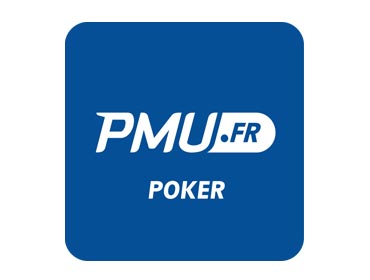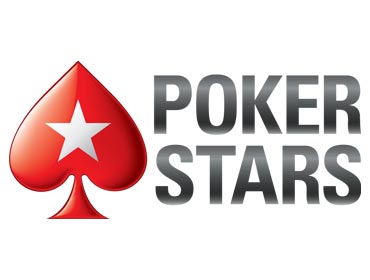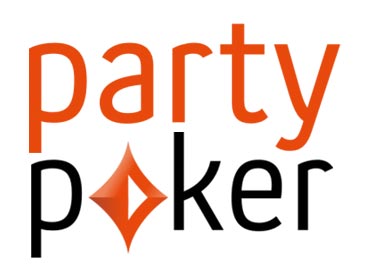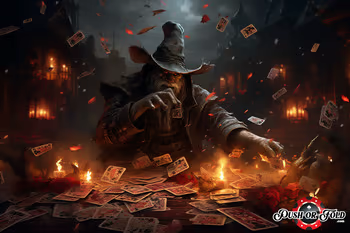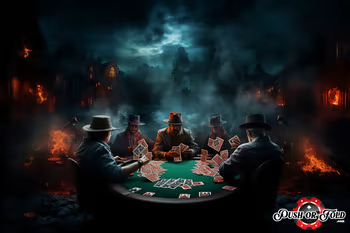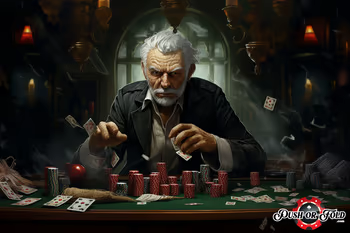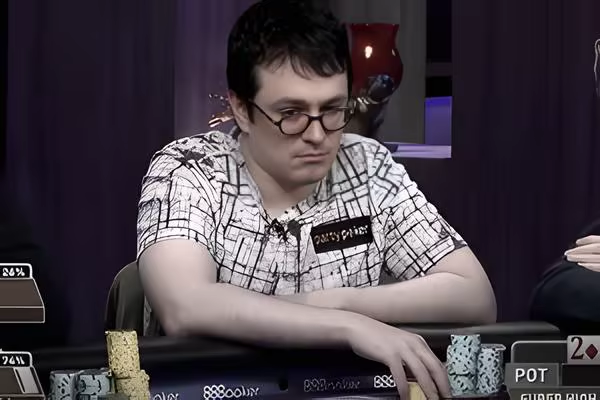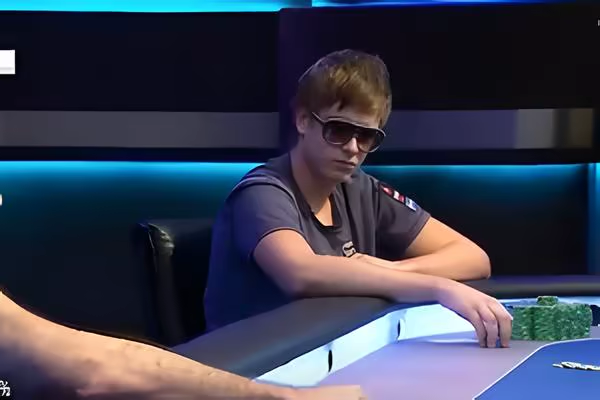The tools
Poker Rules
Poker, with its many variants, offers a wide range of rules. One of the most popular is Texas Hold'em. Whatever variant you play, the aim is to build the best possible hand by combining your personal cards with those you share. The game is played in several betting rounds (preflop, flop, turn, river), with options to raise, call or fold at each stage. The winner is the player with the best hand at the end when personal and community cards are combined. He wins all the chips in play and a new game starts until only one player has all the chips. Winning combinations range from pairs to royal flushes. Poker is a strategic game combining luck and skill, played in cash games (your money) or tournaments (with a set entry fee). Make sure you understand the stakes, which are different at each stage, the card combinations and don't forget that you have opportunities to bluff your way successfully through the complex but fascinating world of poker.

Poker Guide: Become an expert
Discover our complete poker guides, from basic strategies to advanced tips. Learn how to become a poker pro.



